ZHCSD99A January 2015 – February 2024 TPS3702
PRODUCTION DATA
- 1
- 1 特性
- 2 应用
- 3 说明
- 4 Pin Configuration and Functions
- 5 Specifications
- 6 Detailed Description
- 7 Application and Implementation
- 8 Power Supply Recommendations
- 9 Layout
- 10Device and Documentation Support
- 11Revision History
- 12Mechanical, Packaging, and Orderable Information
5.7 Typical Characteristics
At TJ = 25°C, VDD = 3V, and RPU = 10kΩ, unless otherwise noted.
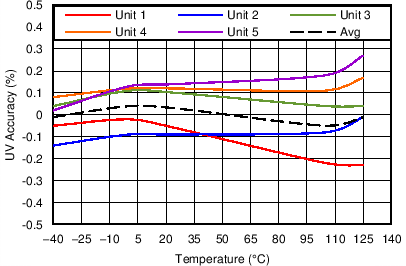
| Performance is across VDD with SET high or low |
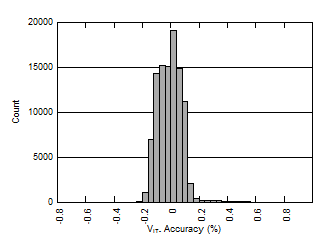
| Performance is across VDD with SET high or low |
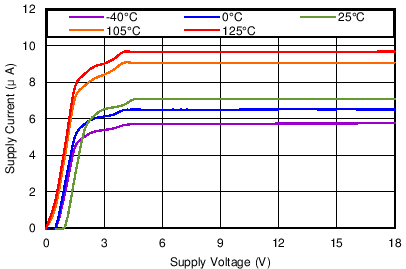
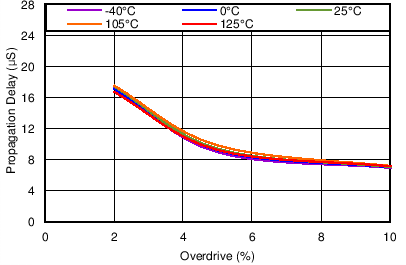
| SENSE transitions from high to low |
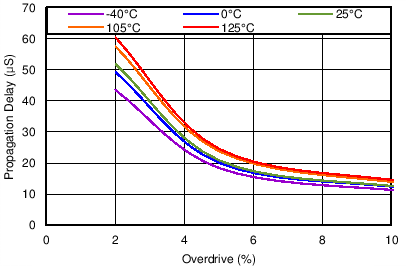
| SENSE transitions from low to high |
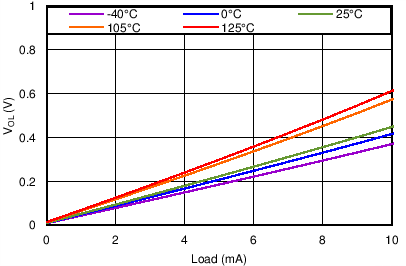
| VDD = 1.8V |
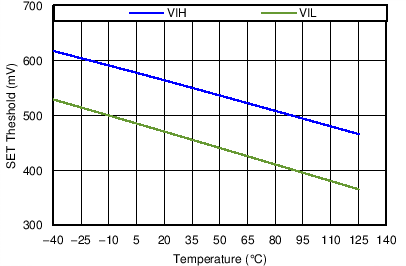
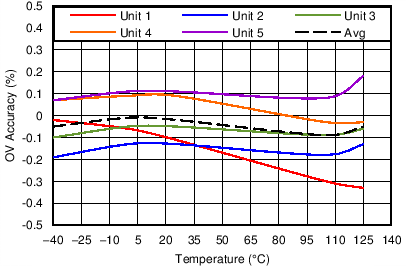
| Performance is across VDD with SET high or low |
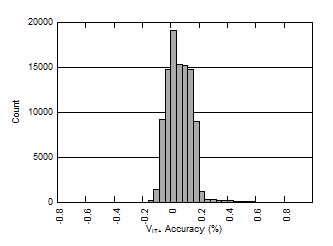
| Performance is across VDD with SET high or low |
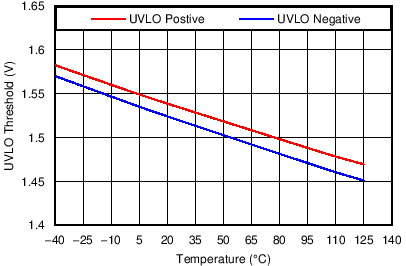
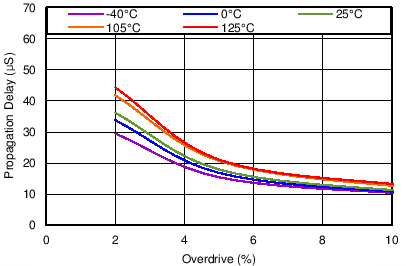
| SENSE transitions from low to high |
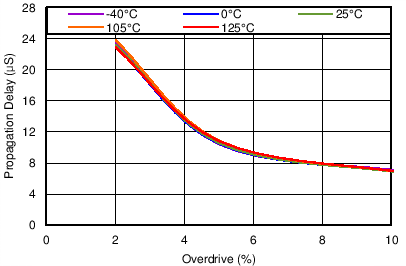
| SENSE transitions from high to low |
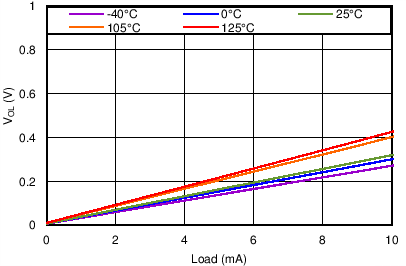
| VDD = 18V |